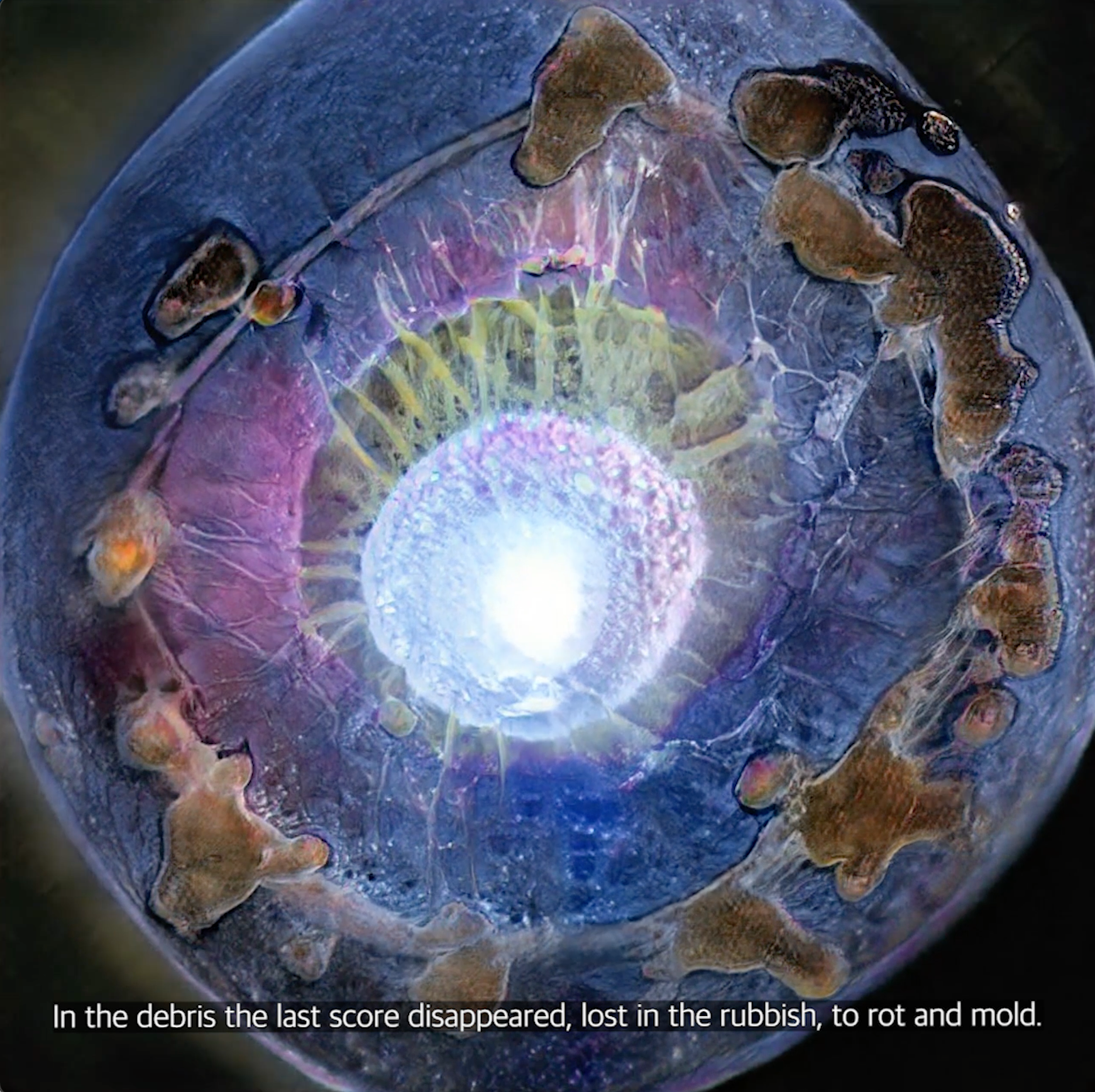We Cannot be a Maxwell’s Demon
![]()
![]()
Eunha Chang, We Cannot be a Maxwell’s Demon, 2021, 4' 53'', single channel video, colour ©Eunha Chang All images and voices are generated by A.I. and text is taken from The Preserving Machine by Philip K. Dick.

